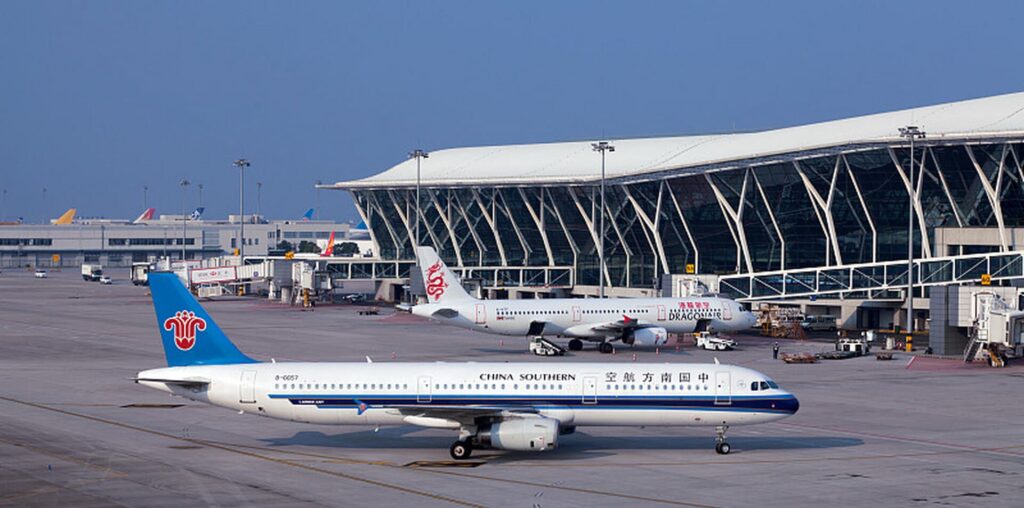As of March 10, 2025, China’s tourism policies are designed to boost the industry, enhance visitor experiences, and promote cultural exchange. These policies are divided into two main categories: inbound tourism policies for international travelers and domestic tourism policies for local tourists. Below is a detailed overview of the current regulations and how they might affect your travel plans.

Inbound Tourism Policies
1. Visa Facilitation
China has introduced several visa-friendly measures to attract international visitors:
- Visa-Free Entry: Over 55 countries and regions now enjoy visa-free entry for short stays. For example, citizens of European countries (e.g., France, Germany, Italy), Asian nations (e.g., Japan, Singapore, Thailand), and Oceania (e.g., Australia, New Zealand) can stay for 15 to 60 days without a visa, depending on their nationality.
- 144-Hour Transit Visa Exemption: Travelers from 54 countries (including the U.S., U.K., and Canada) can transit through designated ports (e.g., Beijing, Shanghai, Chengdu) for up to 144 hours (6 days) without a visa. By late 2024, this policy expanded to 60 ports, allowing stays of up to 240 hours (10 days).
- Hainan Visa-Free Policy: Citizens of 59 countries can visit Hainan Province for up to 30 days without a visa for tourism or business purposes, provided they book through a travel agency.
2. Enhanced Visitor Experience
To make travel more convenient for international tourists, China has implemented several measures:
- Electronic Payments: Platforms like Alipay and WeChat Pay now support international credit cards (e.g., Mastercard, Visa), making it easier for foreign visitors to pay for services.
- Multilingual Services: Popular tourist cities, including Chengdu and Zhangjiajie, have added English, Korean, and other language signage and tour guide services.
- Streamlined Customs: Self-service customs clearance and real-name ticketing systems have been introduced to simplify entry procedures.
3. Promotion of Inbound Tourism
In early 2025, China’s State Council announced plans to attract more international tourists by optimizing entry policies, increasing international flights, and diversifying tourism offerings. The goal is to restore inbound tourism to pre-pandemic levels (approximately 65.7 million visitors) by the end of 2025.
Domestic Tourism Policies
1. Stimulating Travel Demand
To encourage domestic travel, the government has introduced incentives such as:
- Discounts and Vouchers: Travel vouchers and discounted tickets are being offered to boost tourism spending.
- Extended Holidays: The 2025 Spring Festival holiday was extended to 8 days (January 28 to February 4) to promote travel during peak seasons.
2. Infrastructure Upgrades
China continues to invest in its tourism infrastructure:
- Transportation Networks: High-speed rail networks, such as the Chengdu-Chongqing line, have been expanded, and airports like Chengdu Tianfu International Airport are fully operational, making domestic travel more convenient.
- Smart Tourism: Digital services, including online ticket booking, AI-guided tours, and immersive experiences, are being widely adopted.
3. Cultural and Eco-Tourism
The government is promoting the development of cultural and eco-tourism products, such as new travel routes centered around national cultural parks like the Great Wall and the Yellow River, while ensuring the protection of natural resources.
Other Important Notes
- Health and Safety: As of March 2025, pandemic-related restrictions are assumed to be lifted, but travelers may still need to provide health declarations or proof of vaccination. Check the latest updates from your local Chinese embassy.
- Real-Name Ticketing: Most attractions require real-name ticket purchases, which may involve providing passport information for foreign visitors.
- Payment Methods: While mobile payments are dominant, carrying some cash (Chinese yuan) is advisable.
Impact of These Policies
The latest data shows that China welcomed 3.43 million international tourists during the 2025 Spring Festival, a 6.2% increase from the previous year, indicating the success of these policies. Domestic tourism has also rebounded, reaching 90% of pre-pandemic levels in 2023 and expected to surpass them in 2025.
Planning Your Trip to Sichuan
If you’re planning to visit Sichuan, these policies make it easier than ever to explore the region’s top attractions, such as the Chengdu Research Base of Giant Panda Breeding, Jiuzhaigou Valley, and Mount Emei. For a seamless experience, consider the following tips:
- Visa Requirements: Check if your country qualifies for visa-free entry or transit policies.
- Transportation: Take advantage of China’s high-speed rail network to travel between cities like Chengdu and Chongqing.
- Local Insights: Use our comprehensive Sichuan travel guide to discover hidden gems and must-visit spots.
Conclusion
China’s tourism policies in 2025 are designed to make travel more accessible and enjoyable for both international and domestic visitors. Whether you’re exploring the vibrant streets of Chengdu, marveling at Sichuan’s natural wonders, or immersing yourself in its rich cultural heritage, these policies ensure a smooth and memorable journey. For more travel tips and insights, check out our detailed Sichuan travel guide. Safe travels, and enjoy your adventure in China!
Article edited from Sichuantrip.com. published by damin, please cite the source for retransmission:https://sichuantrip.com/chinas-tourism-policies-in-2025/

